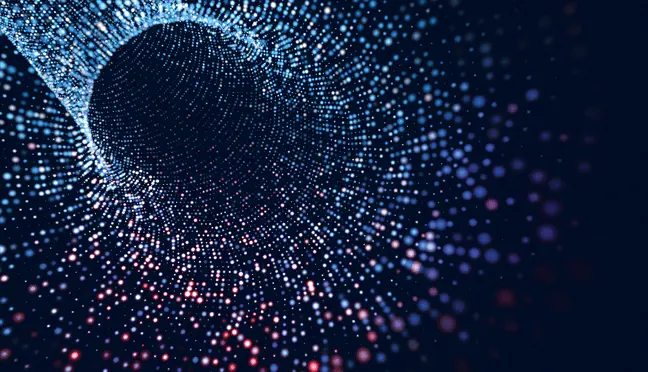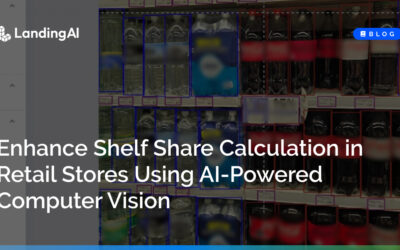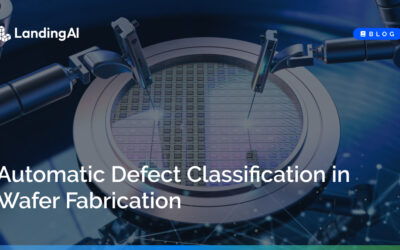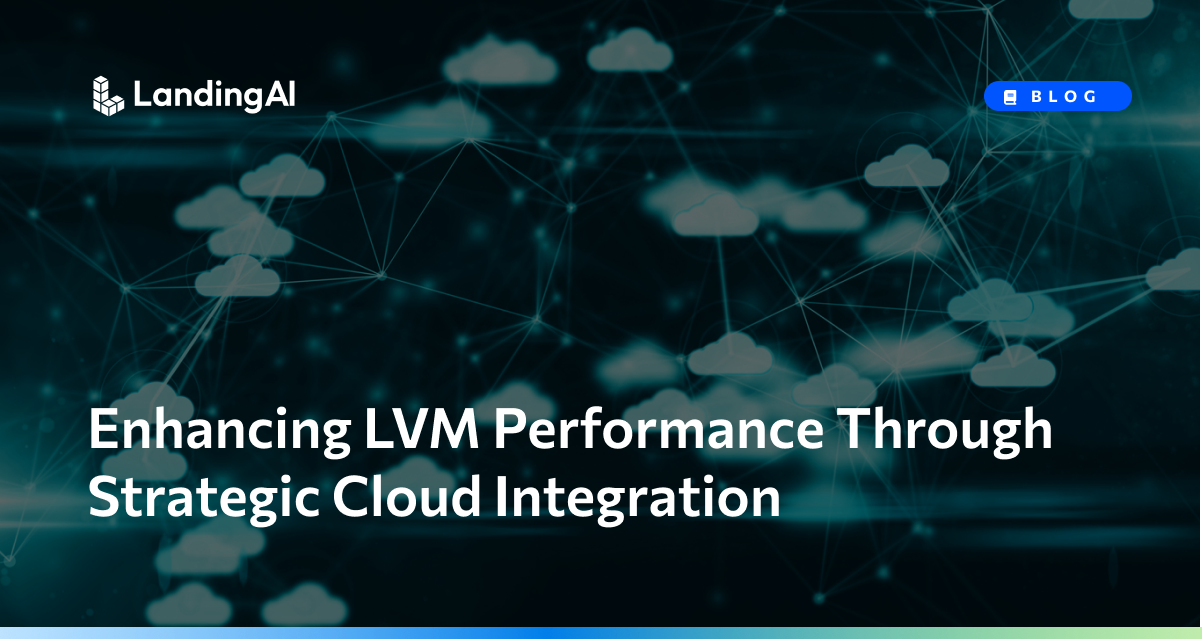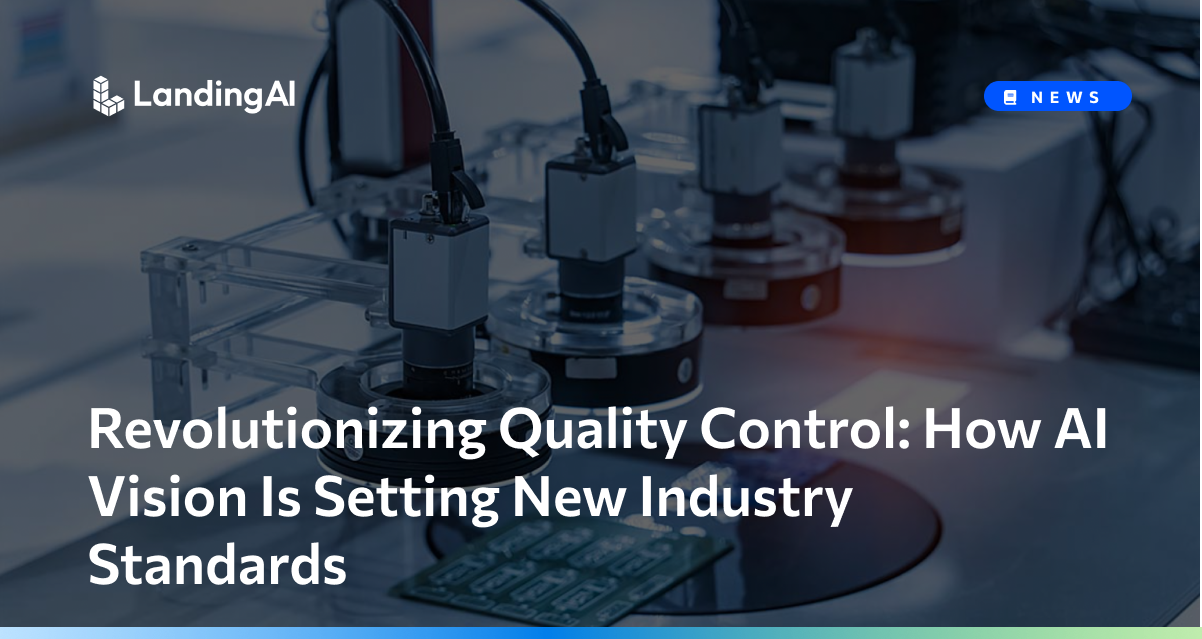Computer Vision inElectronics
Electronic parts are complex and may present a multitude of defects. Deep learning and AI solutions in the electronics industry can help.
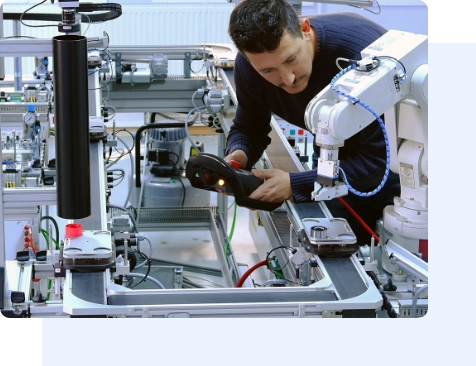
Applications of AI in Electronics
Electronic parts of all types benefit from visual inspection and machine vision technologies — from a printed circuit board up to the completed electronic product. See the applications of Artificial Intelligence and deep learning in electronics below.
Wafer Defect Inspection
Wafer inspection involves inspecting each individual layer of a semiconductor wafer for defects before applying the next layer. Defects can include cracks, scratches, missing components, and edge defects. While machine vision technology provides a means for automated visual inspection, the range of potential defects on a wafer is significant. Deep learning software trained on a set of images can help identify defects and anomalies.
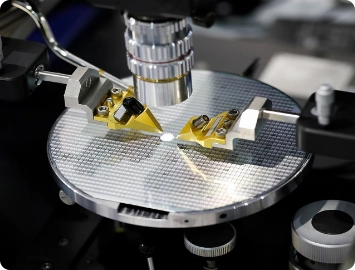

Integrated Circuit Inspection
Electronics manufacturers must visually inspect integrated circuits (ICs) for defects such as bent, missing, or twisted pins. Not catching these defects — some of which exist on the micron level — can lead to failures, reworks, damaged customer relationships, or worse. Machine vision systems can inspect for such errors, but the large number of defect types poses a challenge to rules-based systems. Deep learning software can help classify defects that traditional systems cannot.
PCB Inspection
Some of the most common inspection applications in electronics manufacturing involve printed circuit board (PCB) inspection. PCB production involves several different assembly steps with small components. Conducting failure mode and effects analysis for each wafer, pin, joint, and environment change is a staggering task, and rules-based machine vision makes defining defects difficult or impossible. Deep learning software allows manufacturers to detect and classify these defects.
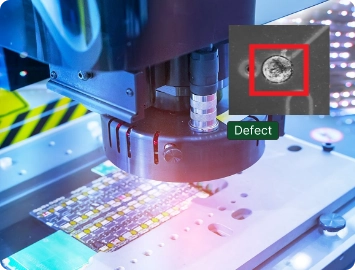
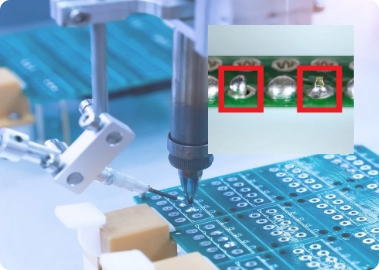
Welding/Solder Inspection
Welding and soldering metal pieces together in electronics manufacturing often produces slight variations in each weld. Machine vision systems might capture acceptable variations as shadows or reflections, and read them as defects. Deep learning software helps differentiate between actual defects and image variations.
Consumer Electronics Final Inspection
Completed electronic products such as smartphones and PCs also require inspection, and machine vision technologies have long provided a method for automated quality control. This might include assembly verification, defect detection, and many more tasks. Rules-based machine vision can struggle to identify defects like dents, scratches, and other abnormalities or imperfections, but deep learning software can help identify flaws, foreign materials, and other errors.
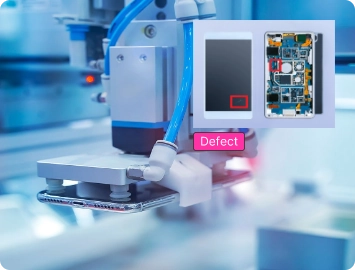

Display Inspection
Manufacturers must inspect electronic displays such as TVs and monitors for defects and imperfections, including dust, scratches, and cracks. These can be tough to catch with rules-based machine vision techniques, but deep learning software trained on sets of images of defective and non-defective products can make accurate pass/fail determinations.
Surface Inspection
A necessary quality-control measure is to look for defects and imperfections on the surface of complete electronic products, such as smartphone screens and keyboards. The manufacturing process may produce various types of defects — such as scratches or discolorations — that can be difficult to catch with traditional machine vision techniques. Deep learning software trained on images of defective and non-defective products can produce reliable pass/fail results.
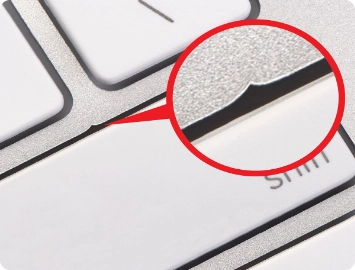
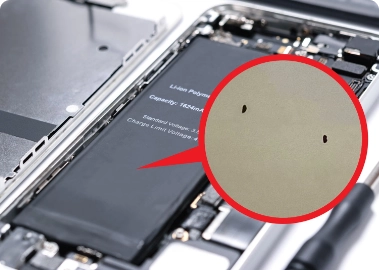
Battery Inspection
Battery production involves several different manufacturing steps, from preparing materials to packaging the final product. Due to the number of steps, several types of defects can present themselves along the way. These include surface defects, dents, scratches, bends, and corrosion. Deep learning software can accommodate the various defect types that may present themselves during battery production.
Solar Panel Inspection
Solar panel inspection involves visually checking several layers of photovoltaic cells within a panel. If defective solar panels make it to a customer, the product becomes less efficient over time and may eventually break. Defects include cracks, scratches, and bubbles. Manufacturers often deploy visible and nonvisible imaging techniques to identify these flaws. However, rules-based techniques may struggle with identifying acceptable variations or with the sheer number of defects that could be present. Deep learning software trained on a set of acceptable and non-acceptable images can make these distinctions.
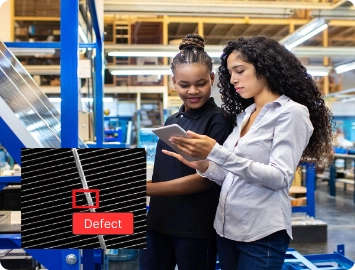
LandingLens Benefits for Computer Vision in Electronics
LandingLens, an industry-first data-centric artificial intelligence (AI) visual inspection platform, helps improve inspection accuracy and reduce false positives. The end-to-end platform standardizes deep learning solutions that reduce development time and scale projects easily to multiple facilities across the globe.

Maintain Quality, Boost Efficiency
- Visual inspection of electronic devices poses several challenges, largely due to the sheer number of applications involved. Tasks such as wafer inspection, PCB inspection, and welding/soldering inspection each present unique, difficult complexities for traditional machine vision systems.
- By training software with images of defective and non-defective parts, LandingLens can perform better than rules-based systems, improve inspection accuracy, and reduce false positives. Additionally, the software standardizes deep learning solutions to reduce development time and to scale projects easily to multiple facilities.

Easily Adapt to Evolving Needs
- Electronics manufacturing needs can quickly vary and evolve, for example, when new or customized parts are introduced into a process. Deep learning systems must be flexible and capable of adapting to meet new inspection requirements in today’s ever-changing manufacturing environment.
- LandingLens deep learning software provides continuous learning capabilities, which makes the accommodation of changes fast and easy. When new parts are introduced or environmental changes occur, users can easily add new images into the model and update it on the go.
Electronics Resources
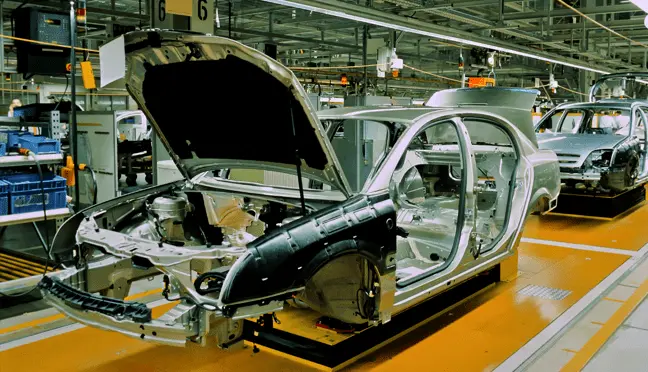
Deep Learning for Automotive Inspection:
The LandingAI and LandingLens Difference

Using AI to Reduce False Positives and Line Stoppages for the Automotive Industry
